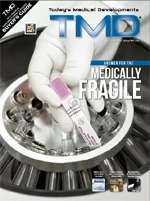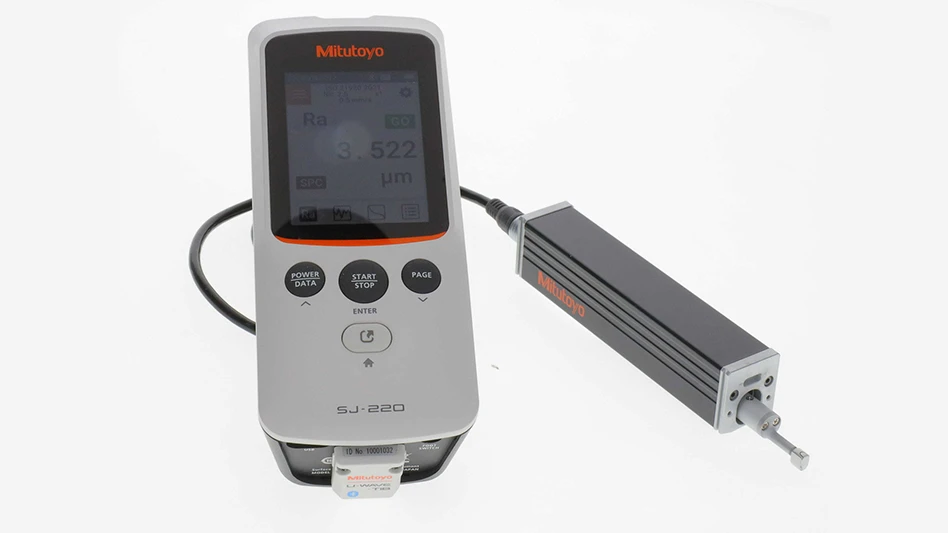 A new type of self-monitoring blood glucose sensor, under development collaboration between Arizona State University (ASU) engineers and clinicians at the Mayo Clinic in Arizona, looks to help people with diabetes. The new sensor would enable people to draw tear fluid from their eyes to get a glucose-level test sample.
A new type of self-monitoring blood glucose sensor, under development collaboration between Arizona State University (ASU) engineers and clinicians at the Mayo Clinic in Arizona, looks to help people with diabetes. The new sensor would enable people to draw tear fluid from their eyes to get a glucose-level test sample.
Glucose in tear fluid may give an indication of glucose levels in the blood as accurately as a test using a blood sample, the researchers say.
“The problem with current self-monitoring blood glucose technologies is not so much the sensor,” says Jeffrey T. LaBelle, a bioengineer at Arizona State University. “It is the painful finger prick that makes people reluctant to perform the test. This new technology might encourage patients to check their blood sugars more often, which could lead to better control of their diabetes by a simple touch to the eye.”
LaBelle, the designer of the device technology, is a research professor in the School of Biological and Health Systems Engineering, one of ASU’s Ira A. Fulton Schools of Engineering. He is leading the ASU-Mayo research team along with Mayo Clinic physicians Curtiss B. Cook, an endocrinologist, and Dharmendra (Dave) Patel, chair of Mayo’s Department of Surgical Ophthalmology.
Because of its potential impact on health care, the technology has drawn interest from BioAccel, an Arizona nonprofit that works to accelerate efforts to bring biomedical technologies to the marketplace.
“A critical element to commercialization is the validation of technology through proof-of-concept testing,” says Nikki Corday, BioAccel business and development manager. “Positive results will help ensure that the data is available to help the research team clear the technical hurdles to commercialization.”
Researchers must now compile the proper data set to allow for approval of human testing of the device.
“With funding provided by BioAccel, the research team will conduct critical experiments to determine how well the new device correlates with use of the current technology that uses blood sampling,” says Ron King, BioAccel’s chief scientific and business officer.
The results should help efforts to secure downstream funding for further development work from such sources as the National Institutes of Health and the Small Business Incentive Research Program, King says.
BioAccel also will provide assistance using a network of technical and business experts, including the New Venture Group, a business consulting team affiliated with the W. P. Carey School of Business at ASU, under the supervision of associate professor Daniel Brooks.
The ASU-Mayo research team began the project with funds from a seed grant from Mayo Clinic. Researchers received assistance in the laboratory from ASU students involved in research at ASU’s Biodesign Institute and the Ira A. Fulton Schools of Engineering Fulton Undergraduate Research Initiative program.
Team members assessed how current devices were working – or failing – and how others have attempted to solve monitoring problems, LaBelle says. They came up with a device that can be dabbed in the corner of the eye, absorbing a small amount of tear fluid like a wick that can then be used to measure glucose.
The major challenges are performing the test quickly, efficiently, with reproducible results, without letting the test sample evaporate, and without stimulating a stress response that causes people to rub their eyes intensely, LaBelle says.
A study commissioned by the American Diabetes Association reported that in 2007 the national economic burden related to diabetes was more than $170 billion – including about $116 billion in additional health care costs and $58 billion in lost productivity from workers debilitated by the disease.
Ira A Fulton Schools of Engineering, Arizona State University
Tempe, AZ
engineering.asu.edu
Information and all graphics provided by Ira A. Fulton Schools of Engineering at Arizona State University.
Get curated news on YOUR industry.
Enter your email to receive our newsletters.
Explore the June 2011 Issue
Check out more from this issue and find your next story to read.
Latest from Today's Medical Developments
- Incredible Machine works on the Rube Goldberg principle
- FAULHABER’s metal planetary gearhead family
- Aerospace Industry Outlook - Spring 2025, presented by Richard Aboulafia
- World’s smallest pacemaker is activated by light
- FANUC America’s ready-to-deploy cobot web tool
- #42 Lunch + Learn Podcast - Quell Corp
- Siemens accelerates path toward AI-driven industries through innovation and partnerships
- REGO-FIX’s ForceMaster and powRgrip product lines






